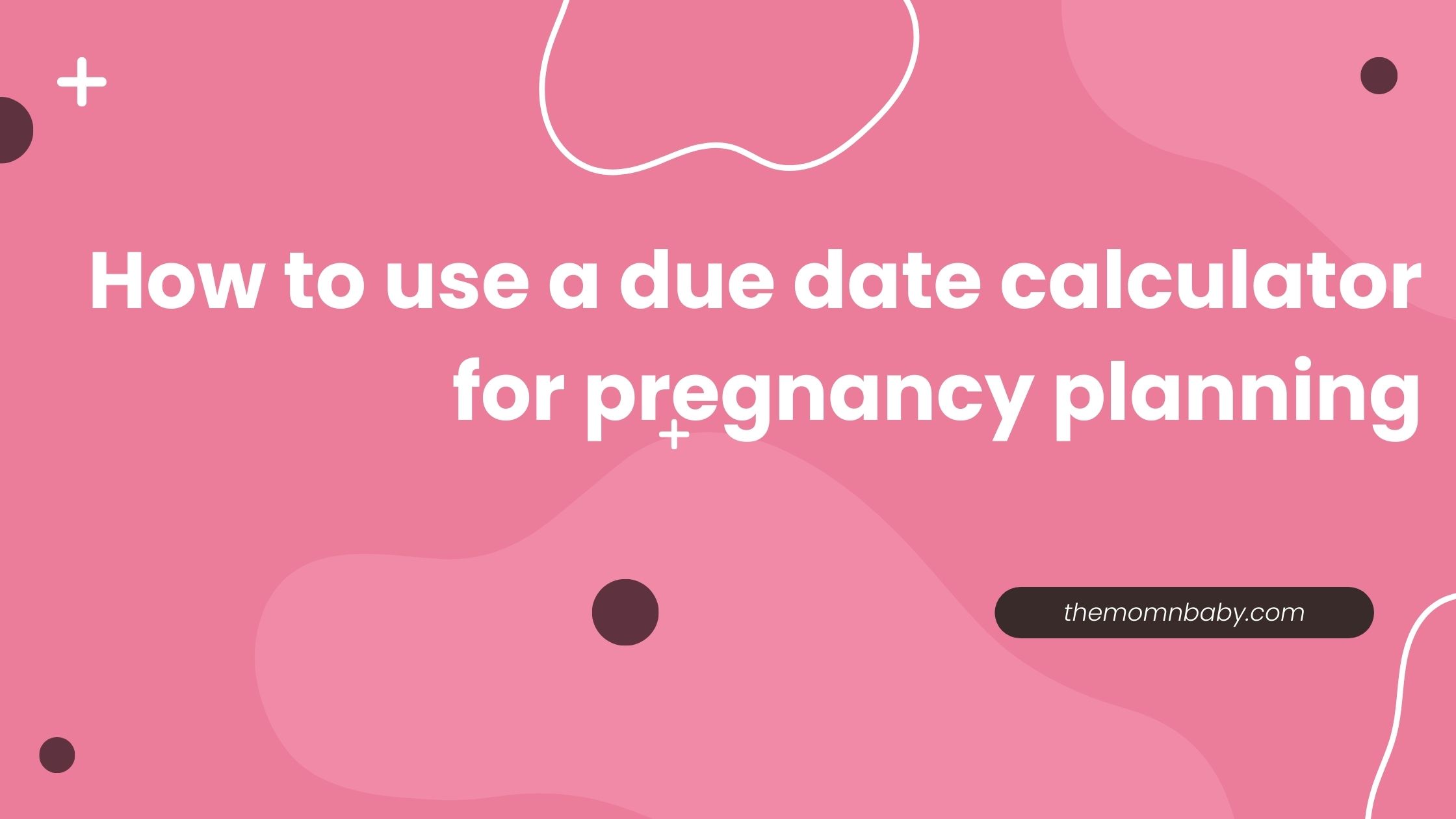HPV is a common virus that many people have, and sometimes, pregnant individuals worry about how it might affect their pregnancy. It’s important to know that having HPV doesn’t automatically make your pregnancy high-risk. However, it can have some indirect effects that we’ll explore.
One concern is the possibility of passing HPV to the baby during childbirth, but most babies exposed to HPV during birth are just fine.
If you have certain HPV-related issues like unusual cervical cell growth or cervical cancer, it can affect your pregnancy, but that doesn’t mean you’re automatically in a high-risk situation.
Understanding HPV and Pregnancy
Picture this: You’re expecting a baby, and you’ve heard about HPV. It’s a common virus that can affect the private parts, and it often spreads through intimate contact. But you’re wondering if having HPV might make your pregnancy complicated or “high-risk.” Let’s break it down.
What Is HPV?
HPV stands for Human Papillomavirus. It’s a group of viruses, and there are many types. Some kinds can give you warts on your skin, while others like to hang out in your private areas. The good news is, most of the time, your body can get rid of this virus all on its own. But sometimes, it sticks around.
HPV and Pregnancy
Having HPV doesn’t directly mean your pregnancy is going to be high-risk. It doesn’t mess with your chances of getting pregnant, and it doesn’t harm your growing baby inside you. However, there’s a teeny-tiny chance that you might pass the virus to your baby when they’re born. This is called “perinatal transmission,” but don’t get too worried because most babies who get exposed to HPV during birth don’t get sick.
HPV-Related High-Risk Pregnancy
Now, here’s the important part. If you have a more aggressive type of HPV that’s linked to problems like strange cell growth in your cervix or even cervical cancer, it might affect your pregnancy, but not directly.
Cervical Dysplasia:
- Sometimes, HPV can make your cervical cells grow weirdly. In really serious cases, you might need treatments like “conization” or “LEEP.” These treatments can slightly increase the chance of giving birth early or having issues with your cervix, which is part of a high-risk pregnancy.
Cervical Cancer:
- High-risk HPV strains can lead to cervical cancer. If you’ve had cervical cancer or “precancerous lesions” before, it can change how your pregnancy goes. You’ll need special care and lots of check-ups to make sure everything’s safe.
Handling HPV During Pregnancy
1. Regular Check-Ups:
When you’re expecting a baby and you have HPV, your healthcare provider will ask you to come in for regular check-ups. During these check-ups, they will do something called a “Pap smear.” It’s like a special test to make sure your cervix (a part inside you) stays healthy. It’s crucial to listen to your healthcare provider and go for these check-ups to keep you and your baby safe.
Read more : Prenatal Care: The Importance Of Regular Checkup And Screening
2. Treatment for Cervical Dysplasia:
Sometimes, when you’re pregnant, the doctor might find that you have something called “cervical dysplasia.” It’s like your cervical cells are not growing the way they should. If this happens, the doctor might want to wait until after the first few months of your pregnancy to treat it. This is to make sure it doesn’t affect your baby. It’s like fixing something in your house when it’s safer and won’t cause any trouble.
3. Safe Delivery:
During childbirth, if you have warts or an active HPV infection in your private area, your healthcare provider might suggest a “C-section.” A C-section is a way to have the baby safely. It’s like using a different door to get out of a building when the main door is not safe. This helps protect your baby from the HPV virus.
So, these steps are all about keeping you and your baby safe during pregnancy when you have HPV. Your healthcare team is there to make sure everything goes smoothly, and they’ll guide you through each step. Don’t hesitate to ask them any questions or share any worries you have. They’re here to support you and ensure a healthy pregnancy journey.
Preventing HPV
1. Get Vaccinated:
Getting a vaccine is like a shield that protects you from certain types of HPV. It’s especially good at preventing the types that can be more dangerous. Doctors usually recommend this vaccine for both boys and girls when they’re teenagers. It’s like a superpower that keeps you safe.
2. Safe Intimacy:
When you’re close with someone, it’s important to use something like a barrier, such as a condom. This barrier helps lower the chances of HPV passing from one person to another. It’s like wearing a protective suit when you’re on a mission to stay safe.
3. Regular Check-Ups:
Even when you’re expecting a baby, it’s essential to keep your regular check-ups with the doctor. They do something called a “Pap smear,” which is like a special test. It can find any changes in your cervix early. If there are changes, you can get the right treatment. It’s a bit like catching a small problem before it becomes a big one.
4. Fewer Partners:
When it comes to being close with someone, having fewer partners means you have less of a chance of being exposed to HPV. It’s a bit like playing with a smaller group of friends instead of a big crowd. Fewer friends, fewer chances of problems.
So, remember, taking these steps can help you stay safe from HPV and have a healthy journey through life.
Read More : High-Risk Pregnancies : Conditions And Care For Complex Cases – Expert Insights
In Conclusion About HPV Mean a High-Risk Pregnancy
So, to wrap things up, having HPV during pregnancy doesn’t mean you’re automatically having a high-risk pregnancy. Even though HPV can create some worries indirectly, with the right care and regular check-ups, it can be managed well. Keep up with your prenatal check-ups and follow your healthcare provider’s advice. Prevention is super important, so think about getting the vaccine and always practice safe intimacy.
Your healthcare team is there to guide you and make sure your pregnancy is as safe as possible, no matter if you have HPV or not. Don’t be afraid to talk to them if you have questions or worries. They care a lot about your baby’s health, and together, you can go through a healthy pregnancy while dealing with HPV.
FAQs: Does HPV Mean a High-Risk Pregnancy?
1. Is having HPV during pregnancy a cause for concern?
Having HPV (Human Papillomavirus) during pregnancy doesn’t directly mean your pregnancy is high-risk. Most people with HPV can have a healthy pregnancy. However, there are some considerations related to HPV that your healthcare provider will discuss with you.
2. What is perinatal transmission, and how does it relate to HPV during pregnancy?
Perinatal transmission is when the HPV virus may be passed from a mother to her baby during childbirth. While this is a possibility, most babies exposed to HPV during birth do not experience health problems.
3. Can HPV lead to a high-risk pregnancy?
HPV itself doesn’t lead to a high-risk pregnancy, but certain complications related to HPV, such as cervical dysplasia or cervical cancer, can have an indirect impact on pregnancy. Your healthcare provider will monitor and manage these conditions during your pregnancy.
4. How is HPV managed during pregnancy to ensure a safe pregnancy?
Managing HPV during pregnancy involves regular check-ups and Pap smears to monitor cervical health. Depending on the severity of any issues like cervical dysplasia, treatment may be delayed until after the first trimester to ensure the safety of the baby. In cases of active genital warts or an active HPV infection in the genital area, a C-section might be recommended to reduce the risk of perinatal transmission.
5. Is there a way to prevent HPV during pregnancy?
Preventing HPV is more about actions taken before pregnancy. You can reduce the risk of HPV by getting vaccinated, practicing safe intimacy, keeping up with regular screenings (Pap smears), and limiting the number of sexual partners. These practices can lower your chances of contracting or spreading HPV.





